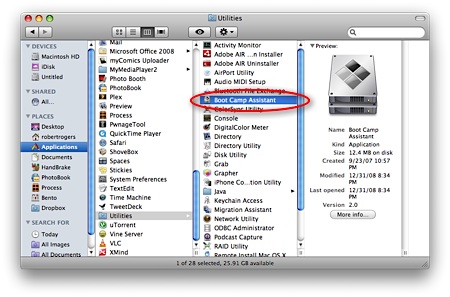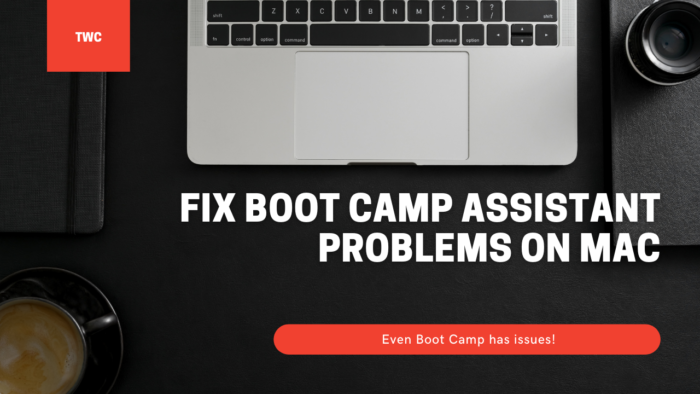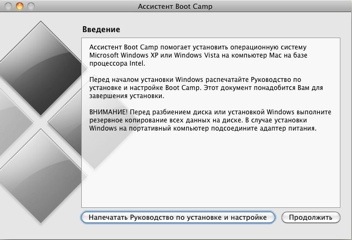

These can increase the performance of your graphics card even further, but beware-they may break functionality like the ability to change the brightness of your display. If you want to play games, you'll probably want to go and find the latest drivers for the particular graphics card in your Mac from either AMD or NVIDIA. Boot Camp Assistant will automatically remove Windows and expand the macOS partition for you, reclaiming all of that space. While you can set up tap-to-click and two-finger right-clicking, it just doesn't feel as nice as in macOS.

If you don’t plan on doing much in Windows, keep the partition small. This partition must be at least 30GB and can swell to the total free disk space on hand minus 30GB. You’re essentially carving out an area of your hard drive for the Windows operating system. Unfortunately, the trackpad doesn't behave so well on Windows, either. Follow the prompts in Boot Camp Assistant to create a partition for Windows. Your mileage may vary, but it definitely doesn't stand up to macOS. You'll most likely lose a few hours of battery life running Windows-with some reports of a 50% reduction in battery life.

Windows, designed to run on lots of different hardware, is nowhere near as optimized, and it shows. Press Command + Space, type in 'disk utility,' then click Disk Utility to open it. Click Action > Download Windows Support Software from the top menu bar, then save it to your Mac. However, on the downside, if you use a MacBook, you may see some reductions in battery life and loss of functionality with your trackpad, as Apple designed it to work with macOS. Press Command + Space, type in 'boot camp,' then click Boot Camp Assistant to launch it. That's because, generally speaking, a lot of games are written for Windows first and will often use DirectX (a Microsoft technology) the same games on macOS will have to make do with different technology, OpenGL, which is cross-platform and well-supported but generally less efficient resulting in lower performance.


 0 kommentar(er)
0 kommentar(er)
